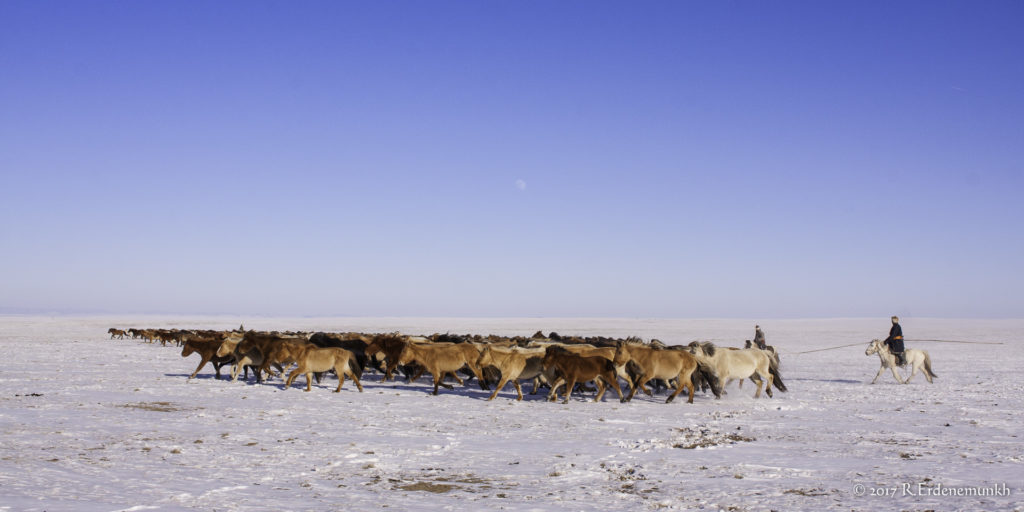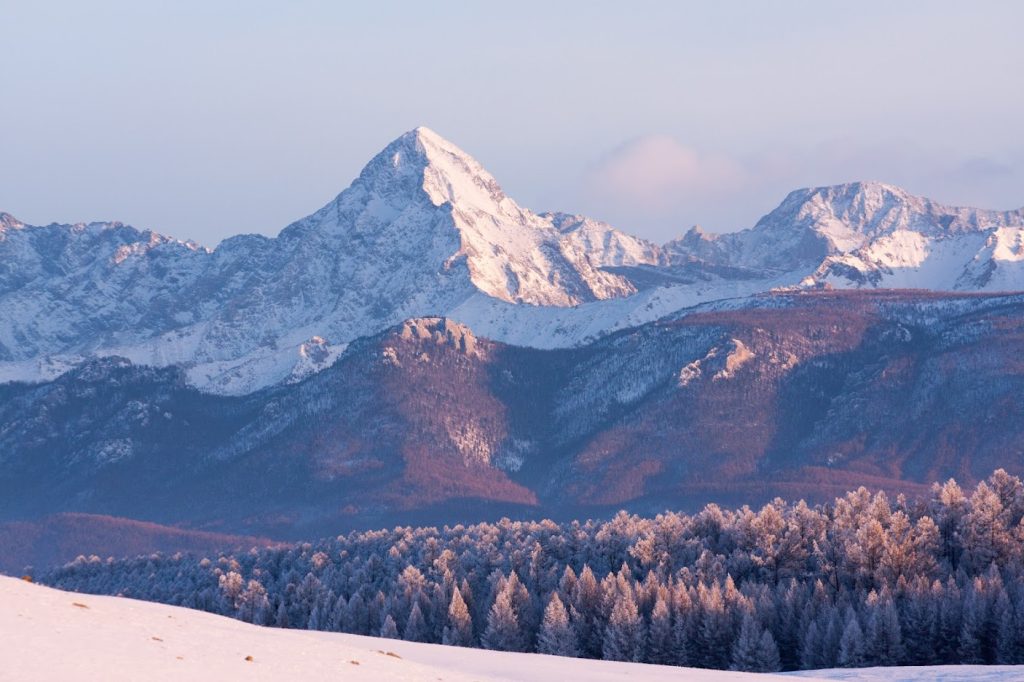
Mongolia experiences a continental climate, characterized by extreme temperatures and a wide temperature range between seasons. Winters in Mongolia are particularly cold, with temperatures often dropping well below freezing.
Here are some key aspects of Mongolian winter weather:
Temperature: Winters in Mongolia are bitterly cold, especially in the northern and western regions. In January, the coldest month, temperatures can plummet well below freezing. Daytime highs may range from -20°C to -30°C (-4°F to -22°F), and nighttime lows can reach as low as -40°C (-40°F) or even lower in some areas. The Gobi Desert, in the southern part of the country, can also experience cold temperatures, though not as extreme as in the northern regions.
Wind: Wind is a significant factor in Mongolian winters. The country is known for its strong and persistent winds, which can exacerbate the cold temperatures. The wind chill factor makes it feel even colder, and in some areas, blizzards can occur, reducing visibility and making travel challenging.
Frozen Rivers and Lakes: The cold temperatures lead to the freezing of rivers and lakes in Mongolia. In some regions, frozen rivers become winter highways, facilitating transportation on ice.
Snowfall: Snowfall is a common occurrence throughout the country during winter. Snow can accumulate from October to March, covering landscapes in a blanket of white. Snow cover is especially prominent in the northern and western parts of the country. In the Gobi Desert, snowfall is less frequent, but the region can still experience occasional snowstorms.

Mongolian winters require careful preparation and adaptation to challenging weather conditions. The traditional clothing, shelter, and lifestyle of Mongolian nomads reflect the resilience and resourcefulness needed to endure the harsh winter climate.
Here are some ways in which Mongolians prepare for winter:
Stocking Supplies: Before winter arrives, Mongolian families ensure they have an adequate supply of food and essential supplies. This includes staples like flour, rice, meat, and dairy products. In remote areas, where transportation can be challenging during winter, having enough provisions is vital.
Preserving Food: Mongolians often dry meat and dairy products as a preservation method. Meat, such as beef or mutton, is sliced and hung to dry, creating a form of jerky. Dairy products like curds and yogurt are also dried, forming a product known as “aaruul.” Freezing is a natural method of food preservation too. Mongolian families may utilize outdoor freezing to store meat and other perishables in a frozen state.
Winter Clothing: Mongolians invest in warm winter clothing, including traditional garments like the deel, which is a thick robe, and gutal, sturdy leather boots. Deels for winter are often lined with fur from different animals, with lamb fur being predominant. Traditional Mongolian boots, known as “Mongol gutal,” are made from durable leather and often have a thick felt or fur lining for insulation. Layering is a common practice to trap warmth close to the body. Additionally, hats, scarves, gloves, and socks made from fur, felt and other insulating materials are worn to protect against the cold.
Preparing Livestock: Nomadic herders move their livestock to winter pastures where animals can graze on dried grass beneath the snow. Ensuring the well-being of livestock is essential for the livelihood of many Mongolian families. Nomads may also stockpile feed and hay for the animals. Mongolians construct snow shelters known as “uvuljuu” for animals. These shelters provide protection against harsh weather conditions and are crucial for the survival of livestock. Some nomadic families undertake winter migrations to find more suitable grazing areas for their livestock. This involves packing up their gers and relocating to areas with better access to resources.
Heating Systems: Traditional heating systems play a crucial role in winter survival. Gers (traditional dwellings) are equipped with a central stove, often fueled by dried animal dung or wood. Families gather around the stove for warmth, and it serves as a cooking source.
Winter Festivals: Winter festivals, such as the “Tsagaan Sar” (Lunar New Year) celebration, mark the transition into spring and involve various preparations. Families clean and decorate their homes prepare special foods, and exchange gifts.
Mongolian winters require careful preparation and adaptation to challenging weather conditions. The preparations for winter in Mongolia are deeply ingrained in the nomadic way of life and reflect the resourcefulness and adaptability of the people to the challenging climate.






